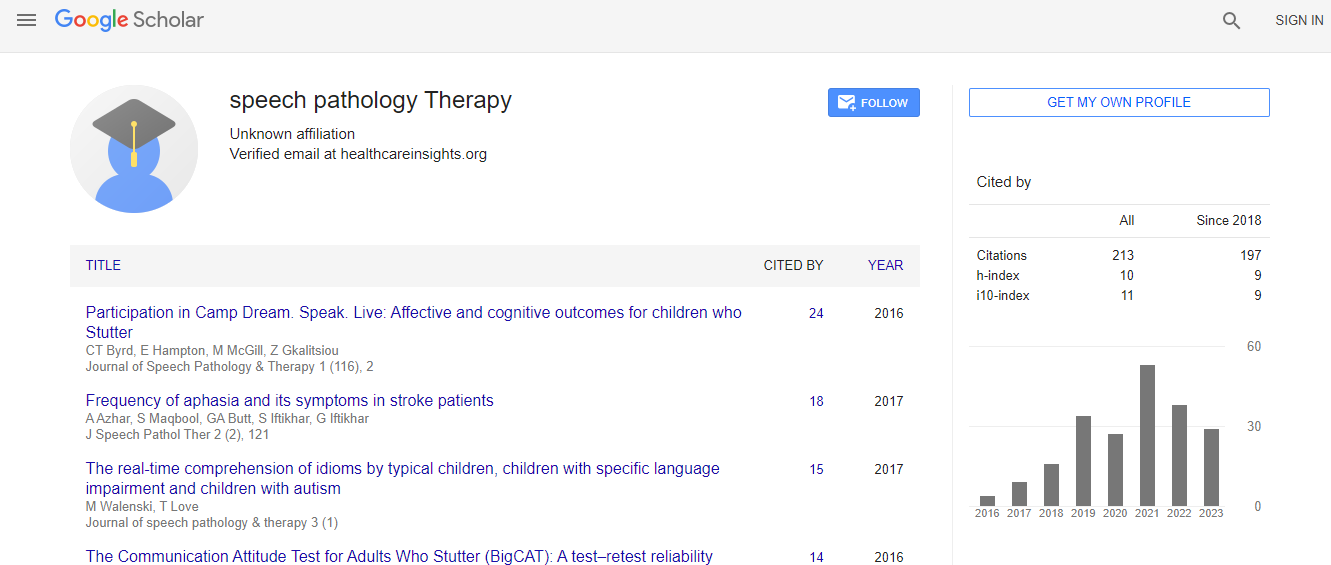Research Article
Cephalometric Analysis of the Velopharyngeal Muscular Triangle as a Possible Prognostic Factor for Velopharyngeal Closure in Submucous Cleft Palate
Masahiro Tezuka1, Yuichi Tamatsu2, Naoko Miura3, Toshiro Kibe1, Kazuhide Nishihara4 and Norifumi Nakamura1*1Department of Oral and Maxillofacial Surgery, Field of Maxillofacial Rehabilitation, Kagoshima University Graduate School of Medical and Dental Sciences, Japan
2Department of Gross Anatomy, Field of Neurology, Kagoshima University Graduate School of Medical and Dental Sciences, Japan
3Division of Rehabilitation, Division of Clinical Technology, Kagoshima University Medical and Dental Hospital, Japan
4Department of Oral and Maxillofacial Functional Rehabilitation, Graduate School of Medicine, University of the Ryukyus, Japan
- *Corresponding Author:
- Norifumi Nakamura
Department of Oral and Maxillofacial Surgery
Field of Maxillofacial Rehabilitation
Kagoshima University Graduate School of Medical and Dental Sciences
Sakuragaoka, Kagoshima, Japan
Tel: +81-99-275-6242
E-mail: nakamura@dent.kagoshima-u.ac.jp
Received date: March 11, 2016; Accepted date: June 27, 2016; Published date: June 30, 2016
Citation: Tezuka M, Tamatsu Y, Miura N, Kibe T, Nishihara K, et al. (2016) Cephalometric Analysis of the Velopharyngeal Muscular Triangle as a Possible Prognostic Factor for Velopharyngeal Closure in Submucous Cleft Palate. J Speech Pathol Ther 1:114. doi: 10.4172/2472-5005.1000114
Copyright: © 2016 Tezuka M, et al. This is an open-access article distributed under the terms of the Creative Commons Attribution License, which permits unrestricted use, distribution, and reproduction in any medium, provided the original author and source are credited.
Abstract
Objective: To elucidate the anatomical characteristics of submucous cleft palate (SMCP), we analyzed the velopharyngeal (VP) structures focusing on the relationship between the position of posterior pharyngeal wall (PPW) in the VP muscles and VP closure acquisition in SMCP patients.
Methods: Cranial landmarks for cephalomatric analysis were identified in a study of two cadavers, and the area of the velopharyngeal muscular triangle (VPM-triangle), which was bordered by the origin of the levator veli palatini muscle, the origin of the palatopharyngeal muscle, and the insertion of both muscles, was defined. We then cephalometrically measured the VP structures of 14 SMCP patients (SMCP group) and the position of the PPW within the VPM-triangle. As a comparison group, 20 healthy Japanese children (control group) and 20 patients who underwent palatal repair for cleft palate (postoperative CP group) were enrolled. In addition, we analyzed the correlation between VP closure and position of the PPW within the VPM-triangle in the SMCP group.
Results: The SMCP group exhibited shorter velar length, greater pharyngeal depth and greater height. In the control and postoperative CP groups, the part of the PPW within the VPM-triangle was located near to the motion vector of the levator veli palatine muscle, while it was located significantly more posteriorly in the SMCP group. The PPW of the poor VP closure subgroup of the SMCP group tended to locate more posteriorly than those of the favorable VP closure subgroup and the control group.
Conclusions: The VP forms of the SMCP group were characterized by a shorter velum, a deeper and higher pharynx, and a more posterior PPW than the motion vector of palatal muscles. A positional discrepancy of the velopharynx including the PPW position relating to the direction of the motion of the VP muscles may influence the difficulty of VP closure achievement in SMCP patients.
 Spanish
Spanish  Chinese
Chinese  Russian
Russian  German
German  French
French  Japanese
Japanese  Portuguese
Portuguese  Hindi
Hindi 